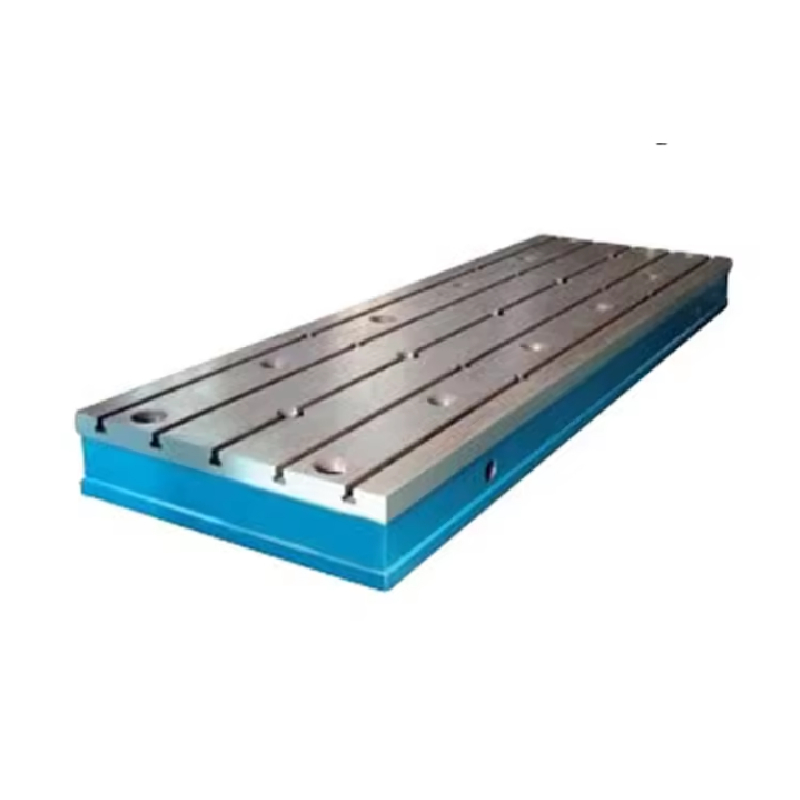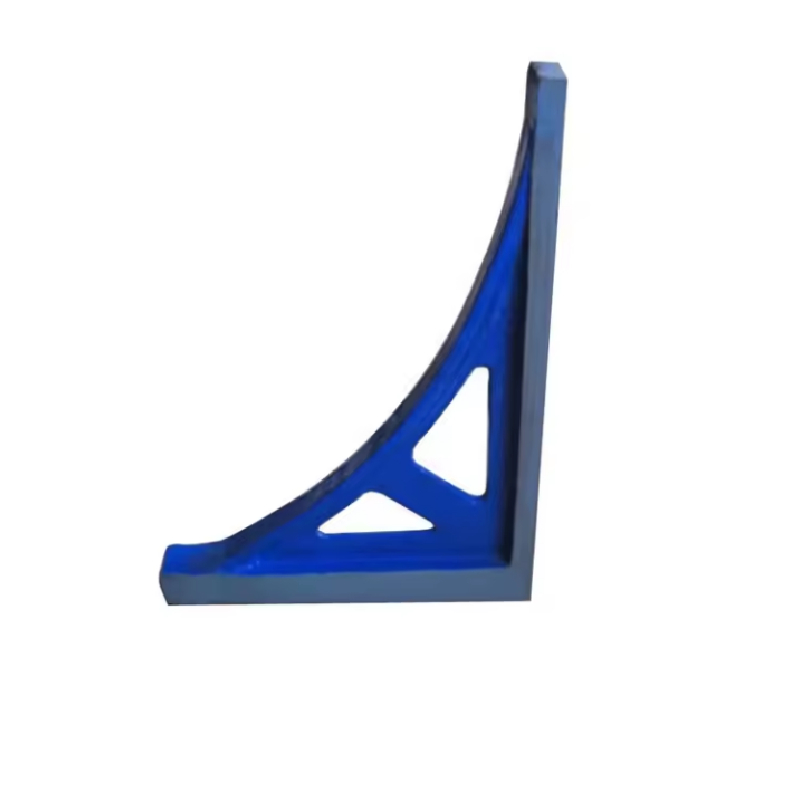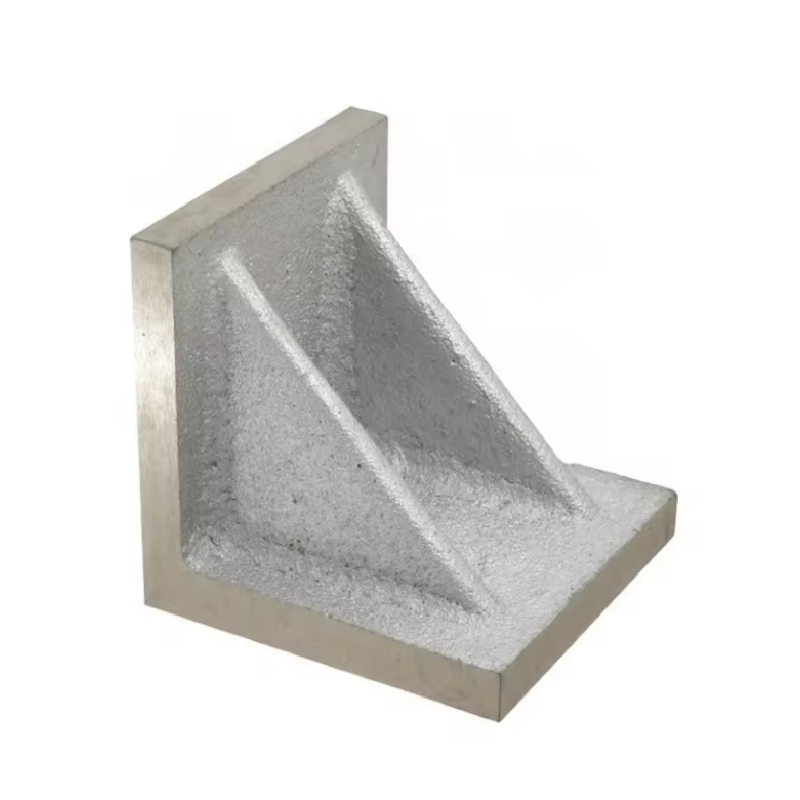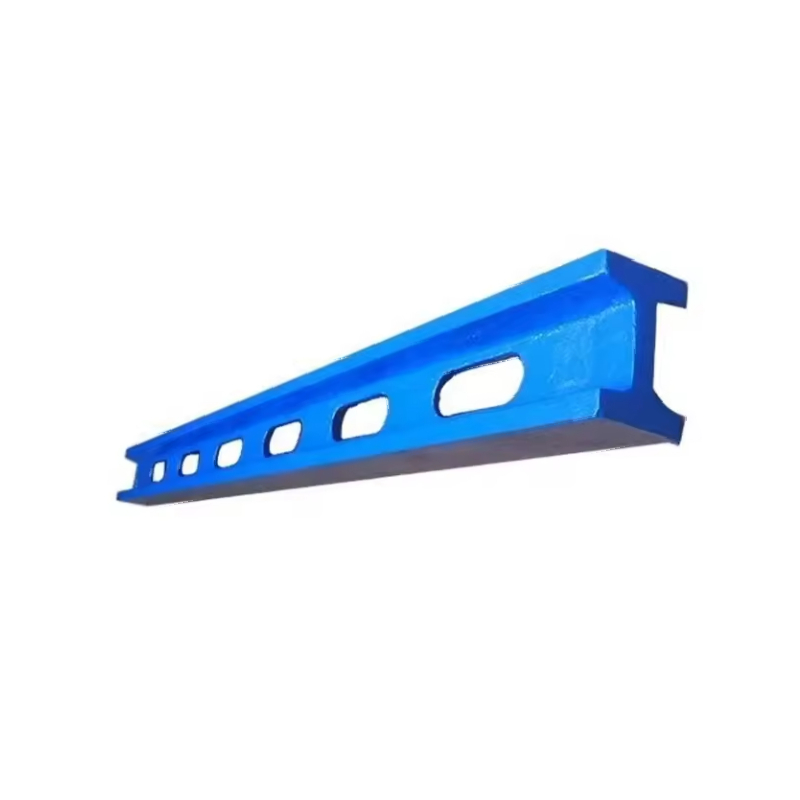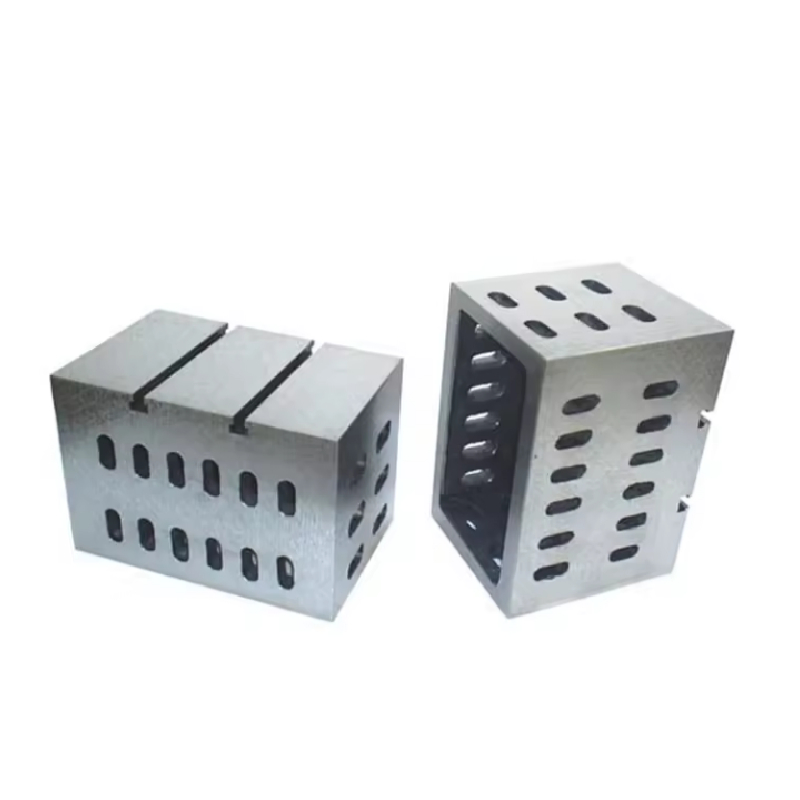Aug . 14, 2024 02:08 Back to list
Understanding the Importance and Functionality of Safety Check Valves in Industrial Applications
Understanding Safety Check Valves Functionality and Importance
Safety check valves are critical components in various industrial systems, ensuring the safe and efficient operation of processes involving fluids and gases. These valves are designed to allow flow in one direction while preventing backflow, making them essential in applications where reverse flow could lead to hazardous situations or equipment damage.
Functionality of Safety Check Valves
The primary function of a safety check valve is to prevent backflow in a system. When the fluid or gas flows in the intended direction, the valve opens, allowing the passage of the medium. However, if there is a drop in pressure or if the flow reverses, the valve closes automatically, blocking the undesired backflow. This mechanism helps maintain the integrity of the system and protect other components from damage.
There are various types of safety check valves, including swing check valves, lift check valves, and diaphragm check valves. Swing check valves use a hinged disc that swings open or closed depending on the flow direction, providing minimal resistance to the flow. Lift check valves, on the other hand, involve a disc that lifts off a seat when the flow occurs, making them suitable for vertical applications. Diaphragm check valves utilize a flexible diaphragm to prevent backflow, offering reliable performance in various conditions.
Importance in Industrial Applications
Safety check valves play a pivotal role in numerous industrial applications, from water and wastewater treatment facilities to oil and gas pipelines and chemical processing plants. One of their most significant contributions is in maintaining system pressure. Without these valves, pressure variations could lead to water hammer effects, resulting in pipe damage or system failures.
safety check valve

In the water supply industry, check valves safeguard municipal water systems, preventing contaminants from entering the potable water supply due to backflow. In the oil and gas sector, they help maintain pipeline integrity and prevent spills by stopping the backward flow of hazardous materials. Similarly, in chemical processing, safety check valves prevent the reverse flow of corrosive substances, ensuring safe operation and compliance with health and safety regulations.
Compliance and Standards
Given the critical role that safety check valves play, it is crucial for manufacturers and operators to adhere to relevant industry standards and regulations. Organizations such as the American Society of Mechanical Engineers (ASME) and the International Organization for Standardization (ISO) provide guidelines for the design, testing, and installation of these valves, ensuring they operate reliably under varying conditions.
Regular maintenance and testing of safety check valves are also essential to ensure their functionality. Operators must implement routine inspections to detect leaks, wear, or any signs of malfunction. By keeping these valves in optimal condition, companies can minimize the risk of accidents and enhance the overall safety of their operations.
Conclusion
In summary, safety check valves are indispensable components in any system that involves the transport of fluids or gases. Their ability to prevent backflow not only protects equipment and ensures operational efficiency but also plays a vital role in safeguarding public health and the environment. As industries continue to evolve and modernize, the importance of ensuring the reliability and compliance of safety check valves will remain paramount, highlighting the need for ongoing education, awareness, and excellence in maintenance practices. By investing in high-quality safety check valves and adhering to best practices, industries can enhance their safety measures and contribute to a more secure operational environment.
-
Why Metric Trapezoidal Thread is Ideal for Precision Motion ControlNewsAug.05,2025
-
The Unique Properties of a Block of Granite for Industrial UseNewsAug.05,2025
-
The Role of Flanged Y Strainers in Preventing Pipeline ClogsNewsAug.05,2025
-
The Importance of Regular Calibration for Master Ring GagesNewsAug.05,2025
-
How a Cast Iron Surface Table Enhances Accuracy in ManufacturingNewsAug.05,2025
-
Comparing Different Check Valve Types for Optimal Flow ControlNewsAug.05,2025
Related PRODUCTS


